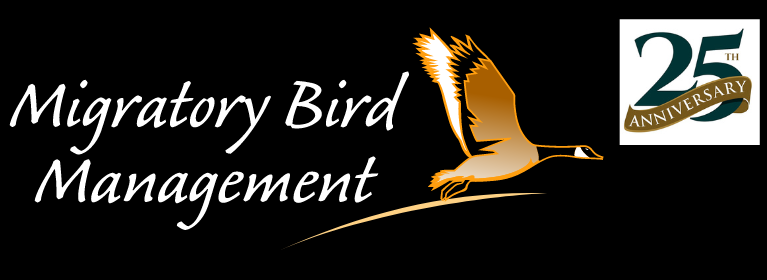Avian Flu Outbreak Continues to Persist One Year After Onset
Feb 8, 2023
In what has been characterized as the worst avian flu outbreak in U.S. history, the H5N1 pandemic has killed millions of birds, caused egg and poultry prices to climb and continues to spread among domestic and wild flocks.
Many hoped the outbreak, whose U.S. origin is estimated to have begun in mid-January 2022, would slow in the summer as is customary for influenza. Unfortunately, cases only dipped in the warmer months before picking up again in the fall and ushering in further devastation this winter. This trend has led some experts to fear bird flu will no longer be a seasonal disease but will, instead, persist year-round.
With the outbreak a key concern for our agricultural clients across the Midwest, here is an overview of how avian flu has affected bird and animal populations over the past year – and what can be done to mitigate risks.
High Rate of H5N1 in Domestic Poultry Flocks

Since the outbreak began, avian flu has been found in commercial and backyard flocks in 47 states and has affected 58,200,536 birds according to the CDC.
H5N1 is classified as a highly pathogenic avian influenza (HPAI), meaning it has a high mortality rate: in chickens, it is nearly 100%.
Farmers across the country are suffering as they try to protect their flocks without losing profit. Some farms, with illness detected in just a small number of birds, have been forced to cull entire flocks in an effort to contain the spread of the disease.
Some of the worst impacts have been felt in the Midwest: Iowa, Ohio and Indiana are the top three egg producing states in the country and Minnesota is the top turkey producing state. Those states have seen some of the highest rates of infection; in Minnesota alone over 4 million birds have been affected.
Wild Birds Impacted Across Every State
While three states (West Virginia, Louisiana and Hawaii) have been lucky not to experience domestic flock cases, the CDC has confirmed the presence of bird flu in wild birds in all 50 states.
USDA officials confirmed that wild birds are the source of 85% of current cases in domestic flocks.

Since the onset of the outbreak, an estimated 6,111 wild birds have been infected. Birds of prey, like eagles, owls and vultures seem to be particularly hard hit.
Many wildlife rehabilitation facilities have reported that avian flu cases are a substantial percentage of their bird intake. Most birds are admitted with neurological symptoms and few recover.
Some rehabilitation facilities no longer accept waterfowl (like geese, ducks and swans) who can carry the disease but often appear asymptomatic.
Avian Influenza and Mammals

Birds are not the only animals affected; mammals, including minks, coyotes, foxes, bobcats, skunks, raccoons, otters and even bears are also falling ill and dying from avian flu. It is likely that mammals become infected after consuming sick birds.
Most infected mammals exhibit neurological symptoms before succumbing to the disease or being put down.
It should be noted that avian flu is rarely transmitted to humans. At this time, only one mild human case has been reported in the U.S.
Keeping Pets (and Yourself) Safe from Avian Influenza
We recommend keeping pets away from raw or live poultry: do not feed raw poultry products to animals and take steps to prevent them from eating wild birds (this is especially true for bird hunting dogs and outdoor cats).
To keep yourself and your human family members safe, continue to practice good cooking and hygiene techniques. Humans who do regularly interact with birds should follow CDC guidelines.
Safe, Experienced & Potent Solutions for Protecting Your Poultry Flocks
The Migratory Bird Management team is committed to providing our agricultural clients and the public with safe and responsible bird management for a wide variety of birds. Our solutions for poultry farm biosecurity include safe, effective and biology-based deterrence and exclusion systems used by poultry producers across the country. Learn more about how you can minimize the risk of infection in your poultry flocks with the help of our experts, and tools like bird netting, spikes, natural predator attraction and laser deterrence.




 0
0
